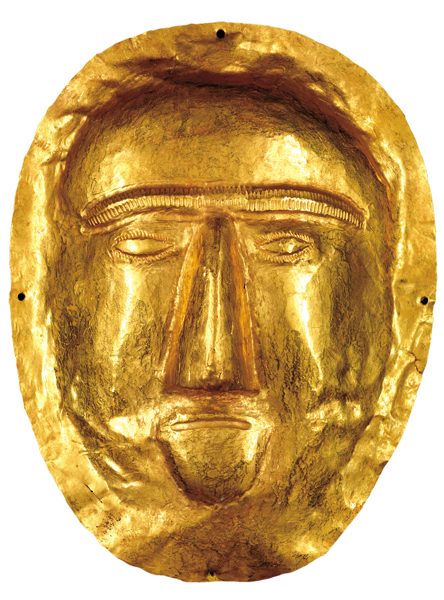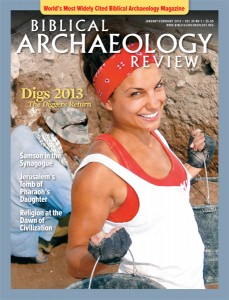
We may never know if the Bible’s accounts of King Solomon’s liaison with the Queen of Sheba are historically accurate (1 Kings 10; 2 Chronicles 9). However, the Biblical references to merchants of Sheba and the bustling trade between this South Arabian city and the southern Levant are on a much stronger archaeological footing.a
As early as 1200 B.C.E., camel caravans were crisscrossing the Arabian peninsula to transport valuable incense and other goods to and from far-flung markets in the Horn of Africa, the Mediterranean world and the Near East. The North American premiere of the exhibit Roads of Arabia at the Smithsonian’s Arthur M. Sackler Gallery in Washington, DC, presents more than 200 artifacts from ten recently excavated sites that were hubs of the Arabian network of trade routes. These commercial centers became rich from the exchange of culture, art and ideas, as well as mercantile goods, among the ancient Arabs and neighboring Egyptians, Syrians, Babylonians and Greco-Romans. A first-century gold funerary mask from Thaj (Tell al-Zayer) in northeastern Saudi Arabia bears a resemblance to the famous 16th-century B.C.E. so-called Mask of Agamemnon from Mycenae, Greece.b
Already a library member? Log in here.
Institution user? Log in with your IP address.

